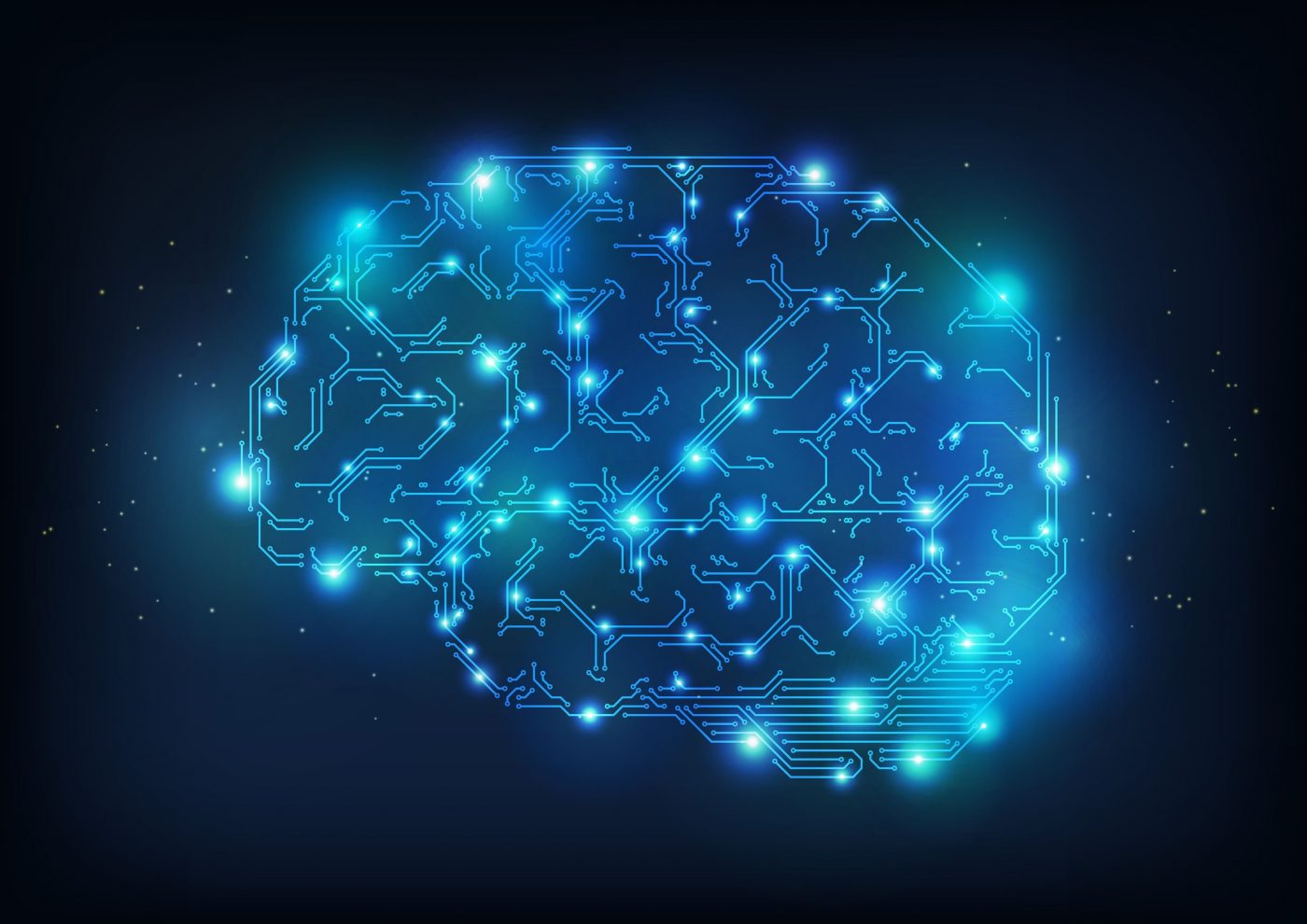Talking about public good provision is a staple in pretty much any economics course. Contrary to what intuition might suggest, a public good is not necessarily one provided by the government. Rather, it is defined in terms of two key characteristics: rivalry and excludability.
A rival good is something that diminishes once it is consumed. If there are two burgers and I eat one, there will be one left for you. If there was only one burger and I ate it, you would not be able to eat that burger (unless you liked me a lot and had little regard for hygiene). However, how about a TV show? If you and I are both in our own houses, we can still pick up that broadcast and watch the show without any reduction in availability of the match. This means broadcasts are non-rival. Non-rivalry is considered to be the defining characteristic of a public good.
Why is this an important feature? A non-rival TV show, once it is broadcast, has a marginal cost of zero. That means people would likely underpay for it, if allowed to, and the broadcaster may not have enough money to cover costs. So the solution, then, would be for the producer to charge a fixed fee.
A fixed fee for TV (like the subscription model that exists today) means the company can cover their costs, but it harms consumers. Why? Because there will be some people for whom that price is too high, and therefore will not be able to consume any of it. Yet, the cost to the producer of broadcasting to them is zero. Hence, people are missing out on ‘free utility’.
Whilst non-rivalry is perhaps the main characteristic of a public good, some public goods are also non-excludable. Take a streetlight, for example. You and I can be standing under the light. We both benefit from the same amount of light, so it is not rival. However, in addition, I cannot stop you from receiving that light. As long as you stand under it, you will be illuminated.
This is even more problematic, because it allows for free-riding. In other words, if I pay for a lamp and put it outside my house, you benefit from light without having to pay for it. For this reason, these types of goods are the ones most likely to be provided by the government through taxes.
Digital goods
In the present time, we are in the middle of an interesting transition. The media we consumed originally were mostly in the form of regular-old private goods (i.e. both rival and excludable). Music CDs, cassettes, records. Video tapes, DVDs. Physical books, magazines, newspapers. Game cartridges and discs.
Of course, more and more of these things are now available in digital form. eBooks, video files, audio files, news websites, digital game downloads. This means a bunch of goods that used to be private goods are now non-rival. Anything digital can be copied 1-for-1 with effectively no cost.
The way firms initially tackled this is just to treat them like their physical counterparts. Clearly though, this doesn’t fly. Having a £40 textbook in physical form might be acceptable – lots of coloured pages to be printed and bound. But having the same price for a PDF copy is ludicrous when its marginal cost is £0. The same goes for games. In fact, charging the same price for physical and digital versions is still something that happens (and attracts complaints) today, especially on closed platforms like the PlayStation Network.
Remember our discussion on non-rival goods. Charging a high-price when the marginal cost is nothing harms consumers. Over time, companies have slowly started to respond and lowered prices for digital goods to increase their market size (just look at how successful Steam has been for the PC gaming industry).
Are digital goods non-excludable?
It’s clear digital goods are non-rival. A lot of the most successful models, like Netflix, have recognised this and implemented tiered pricing that mirrors what TV broadcasters had been doing for years, but crucially taking into account the lower costs of the medium.
However, the argument can be made that, at least to some extent, a digital good is non-excludable (or at least very hard to exclude). This hasn’t stopped people from trying. DRM (digital rights management) software has been implemented left, right, and centre to prevent copying of digital content. Whilst this does make it difficult for people to transfer and copy goods, it has suffered from two large problems.
Firstly, most of these measures appear to diminish the value of the product itself. In order to prevent copying (therefore, adding ‘artificial excludability’ to the good), there are often restrictions in place determining what you can do with it. A music file or game might be locked to a limited number of devices. Maybe there are a limited number of transfers between devices you are allowed. Maybe there is horrible DRM software that requires you to always be online or reduces performance when you use your product (cough cough UPlay, Denuvo cough).
The problem here is that whilst physical products were rival, you could more or less do whatever you wanted with them once you purchased them. Most people made copies of CDs and tapes to give to friends and family, shared videos and books etc. Whilst this was not strictly allowed, it was generally ignored (unless you tried to sell a copy for profit). Today, there is a sense of a lack of full ownership rights attached to many digital goods.
Secondly, they still aren’t really excludable. Fed up with these restrictions, many people have found ways around DRM mechanisms and continue to share digital information. Sci-Hub is a famous example in recent times of an organisation that has emerged to allow people to read all academic papers that are behind a paywall for free. As people continue to feel that pricing isn’t fair for a zero marginal cost good, and as long as smart people exist, there will continue to be digital distribution of goods online. No software is unbreakable.
What can we do?
In light of this, some people have lowered prices for digital goods whilst removing all restrictions. GOG.com has done this with games, and has achieved a large degree of success. It is not surprising that people are willing to trust a firm that has shown it trusts its customers to act responsibly (much literature exists in economics, psychology, and behavioural science to show that people trust and reciprocate as long as they are not screwed over). People will always share goods, but as long as enough people feel justified to buy the product, this is not necessarily a problem.
However, there is a more radical conclusion. Suppose we accept that digital goods are both non-rival and non-excludable. This means they would be classified as pure public goods. They essentially fall into the same category as a public radio broadcast. It’s your choice to consume it (unlike street-lighting or defence), but once you turn on that radio, you automatically hear the broadcast without affecting anyone else’s consumption of it.
As we discussed before, the typical problem now is free-riding. This is something that content providers have been trying to defend against for some time, in the hopes that the goods can somehow be privatised. But if we were all to accept that these goods are fundamentally public, then a new opportunity arises – public provision.
The products of arts and sciences can benefit everyone, and now we are at a unique juncture in human history where we can all enjoy their fruits simply by turning on our computers, phones, or tablets. Like other public services, the creators of this content could be paid using tax revenue. Each individual pays a tax contribution linked to their income (as they do for police, defence, roads, fire services etc). These taxes fund creators: artists, musicians, scientists. They then provide their products online for free consumption by anyone who wants them.
This may sound rather ambitious, but remember that museums and universities are already heavily reliant (at least in the UK) on public money. Whilst it is likely to be expensive, public provision means that any and all digital consumption would be completely free and accessible to everyone (as long as they have a device to view it on). Since it is a progressive tax, the cost should be relatively fairly distributed across the population.
Free stuff for all!
The benefits are potentially enormous. There are a couple of challenges that I can think of, however. The main one is probably going to be public acceptance, though this may change with education about the costs and benefits of such a policy. A slightly stickier problem is country boundaries. In an ideal world, all countries would partner to implement this policy together, and so all digital information would be able to be shared for free worldwide. Whilst this may not be feasible in reality, allowing for all digital output in one country to be freely accessible by residents of that country would still be a huge step. However, the obvious problem here is that one might have to accept some unauthorised access from residents of other countries.
We are in the middle of a digital revolution in many respects. The way power is generated and used is changing. Artificial intelligence is making many jobs obsolete. Computers, smartphones and the internet have changed how we create and consume content. It is time to think about how our economies need to change in order to support this progress in the best way possible.

